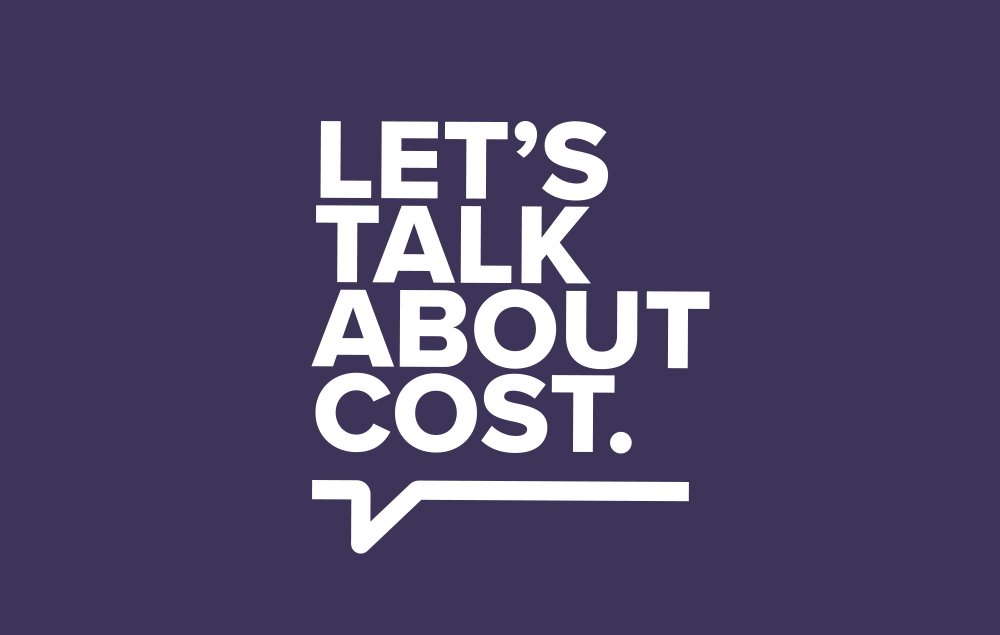The insulin market is commonly mischaracterized as lacking competition. In fact, robust competition among biopharmaceutical companies that produce insulin results in increasing levels of discounts and rebates that have constrained prices in recent years. Unfortunately, patients typically do not benefit from the fruits of the competitive marketplace because the price they pay at the pharmacy – set by their insurer – is tied to the undiscounted list price.
Here are six facts you need to know about the insulin market:
- Market analysts report prices for insulin after discounts and rebates stayed flat or declined in recent years. This means that all or almost all of insulin list price increases are being returned to payers and supply chain entities through rebates, fees or other discounts.
- Middlemen in the biopharmaceutical supply chain known as pharmacy benefit managers (PBMs) – three of which manage more than 70 percent of all prescriptions filled in the United States—leverage robust competition among a broad-range of long-, short- and rapid-acting insulins to negotiate deep discounts from companies in exchange for preferable formulary placement or lower cost-sharing. These dynamics can lower the net price of insulin by 70 percent or more.
- Patients often do not benefit from the negotiated discounts and rebates. This is because middlemen increasingly include these medicines in health plan deductibles or subject them to coinsurance, therefore exposing patients to undiscounted list prices and significant out-of-pocket costs. The share of patient out-of-pocket medicine spending represented by coinsurance has more than doubled over the past 10 years in the commercial market, while the share accounted for by deductibles tripled.
- Even in advance of the Food and Drug Administration (FDA) permitting approval of biosimilar insulins after 2020, biopharmaceutical companies have brought “follow-on” insulins to market that drive tremendous competition among long-acting and short-acting medicines.
- The robust competition for insulins is what fueled the range of products that were brought to market in recent years. These medicines aim to meet the wide spectrum of unmet needs for diabetes patients, among whom fewer than half have their disease successfully controlled. Claims that these various insulin formulations and devices that help patients better manage their condition are not valuable or innovative inappropriately minimize the daily challenge of diabetes management and patient needs.
- Copay assistance programs — or coupons — offered by biopharmaceutical companies that produce insulin have become a crucial lifeline for many patients who struggle to afford their out-of-pocket costs. These coupons have a measurable impact on patients’ access to a broad range of medicines. In fact, a recent IQVIA study showed that for new patients using coupons in 2017, if co-pay cards had not been used, patients would be almost three times as likely to abandon their medicines at the pharmacy. Unfortunately, copay accumulator programs, instituted by insurers and PBMs, block these coupons from being applied to patient’s out-of-pocket maximums and deductibles. As a result, patients can face thousands of dollars in unexpected costs at the pharmacy and, as evidenced by the data, this can lead patients to abandon their prescriptions.
The competitive marketplace constrains insulin spending growth, but the system could work better for patients. Key policy changes, like sharing rebates with patients at the point of sale and preventing PBMs and other entities in the supply chain from being paid off the list price of a medicine and instead a flat fee based on the value their services provide, would help promote affordability for patients and address artificially high out-of-pocket costs. Value-based contracts (also known as results-based contracts) can also help with insulin affordability. These innovative and flexible ways to pay for medicines focus on results and can help insulin patients access the right treatments the first time around.



